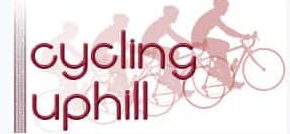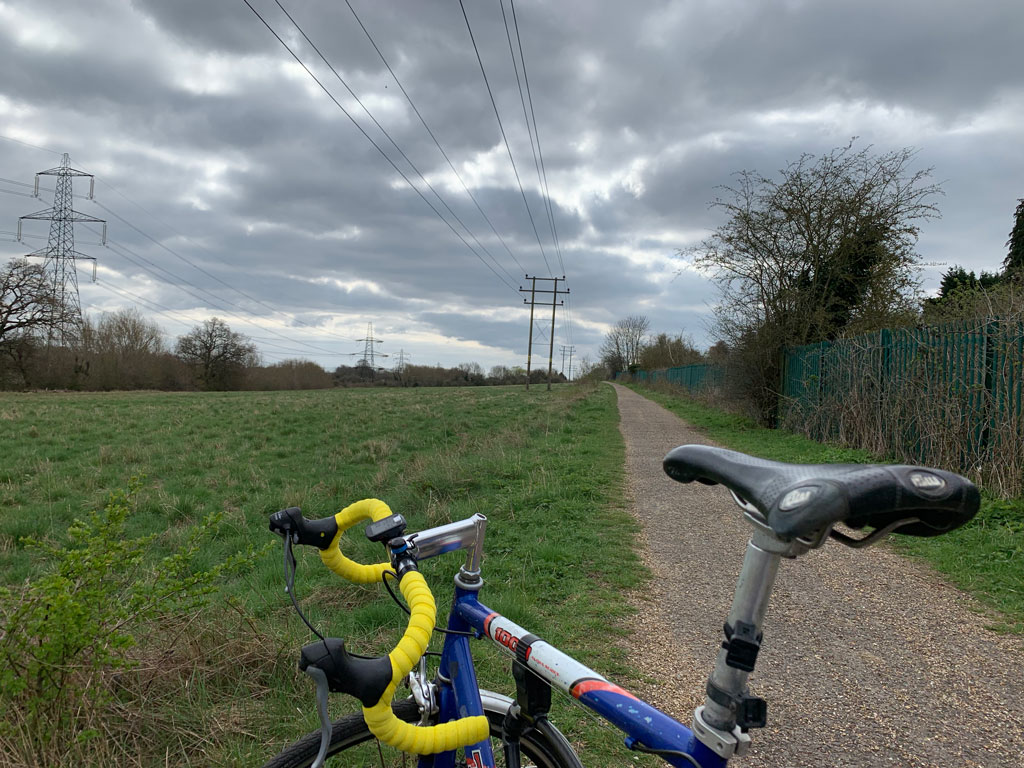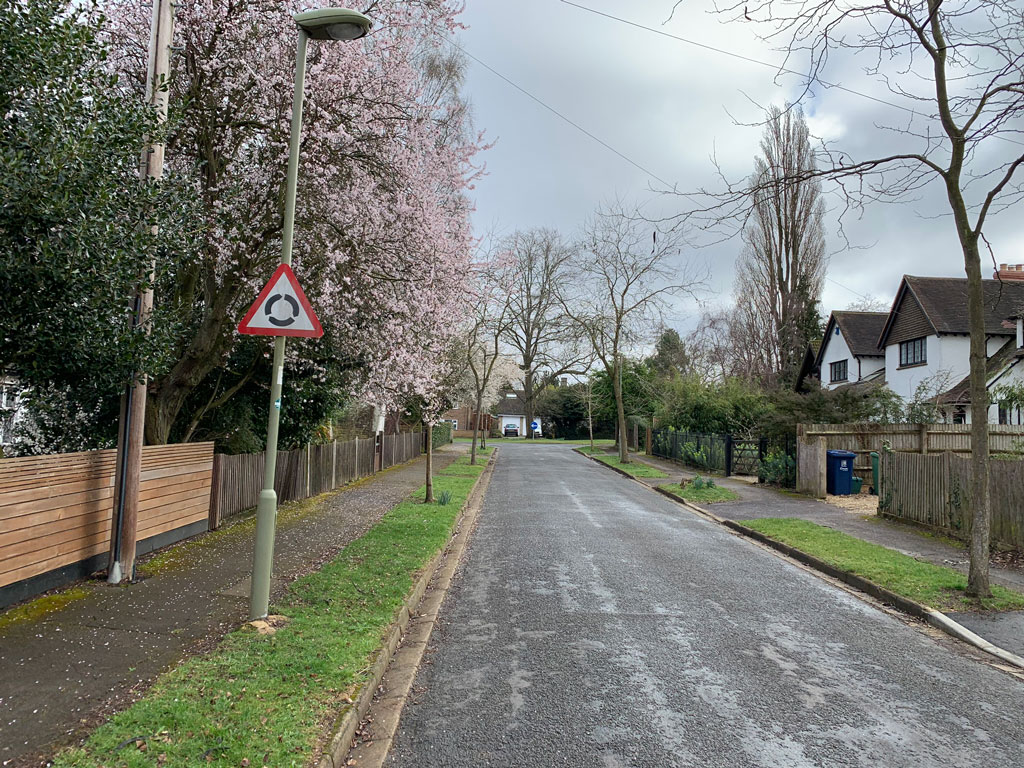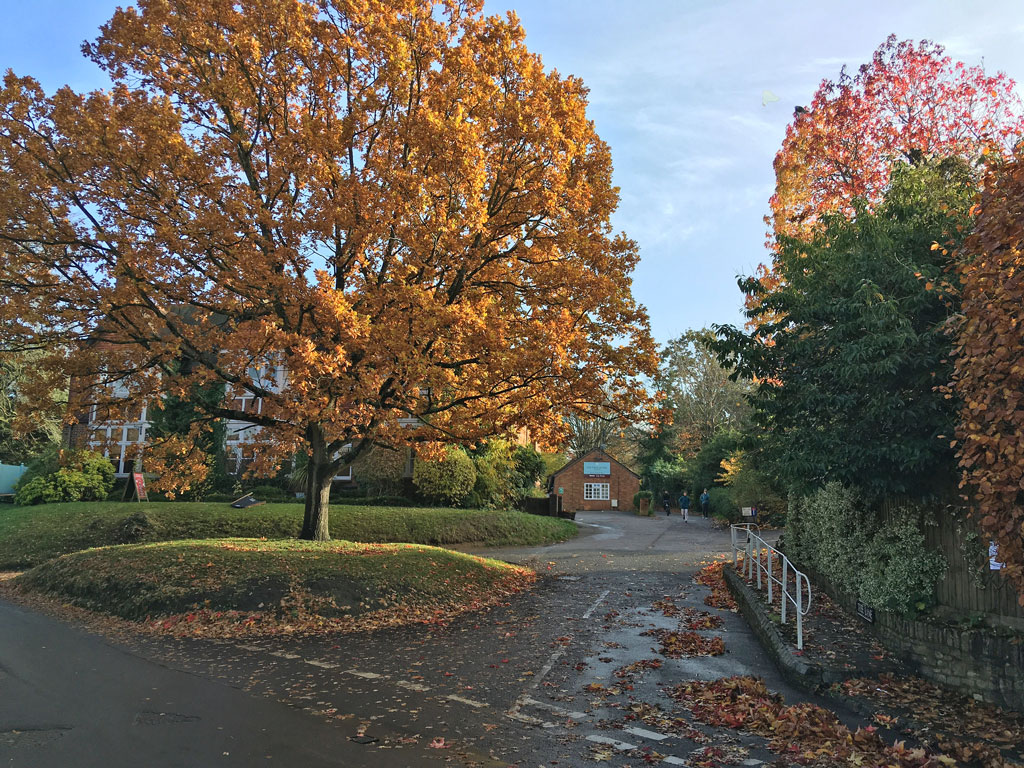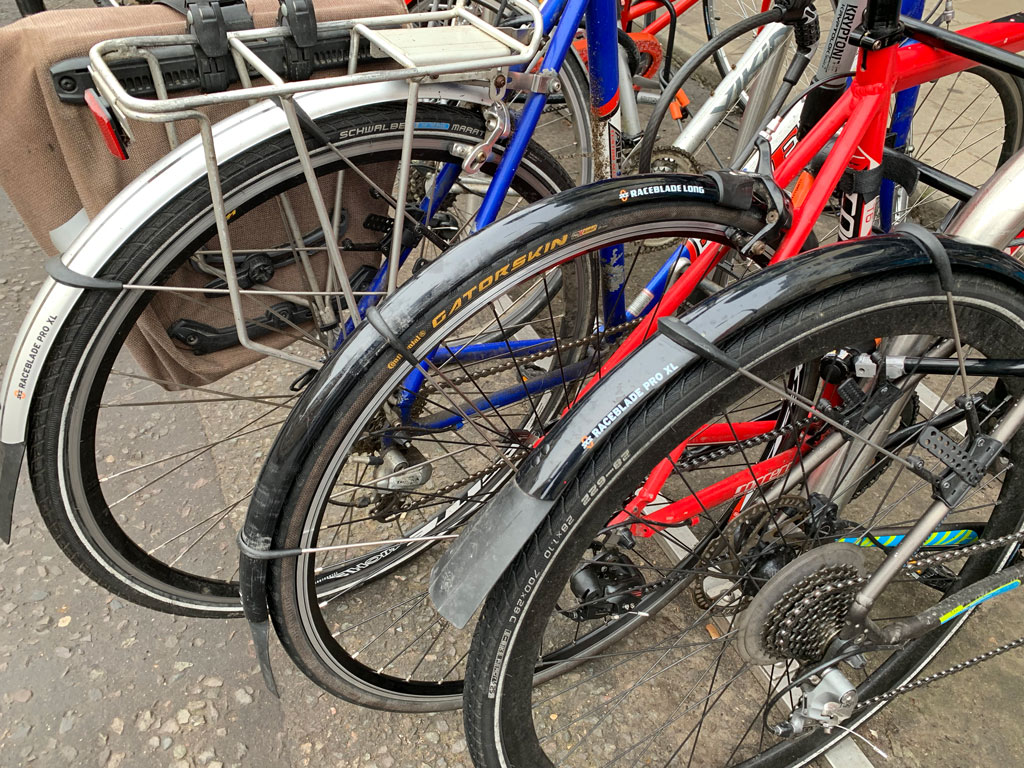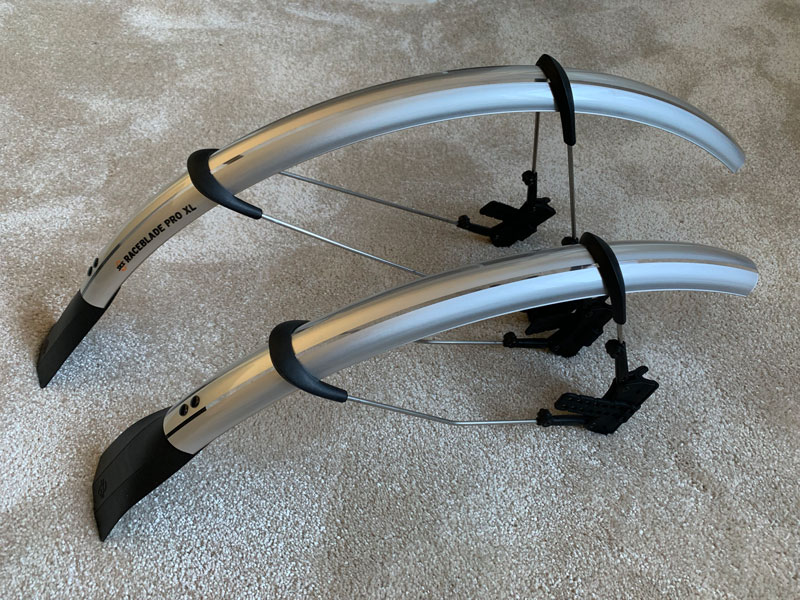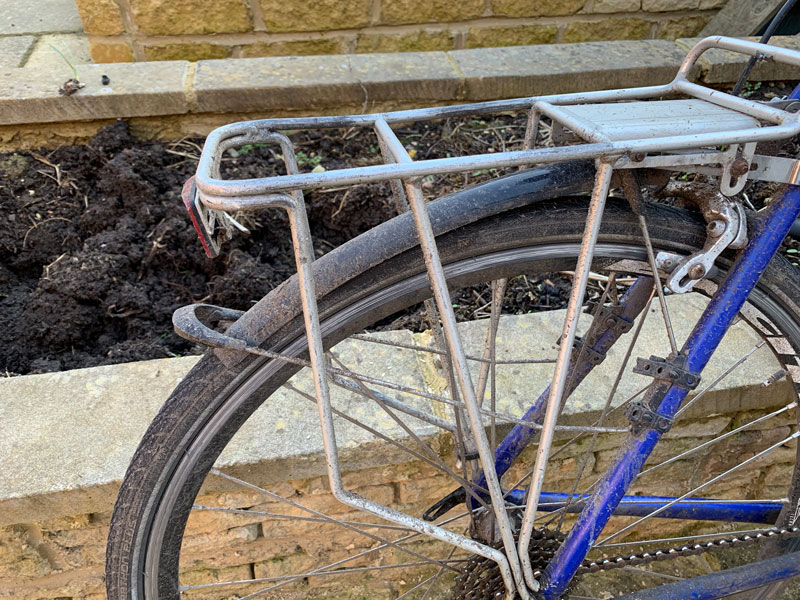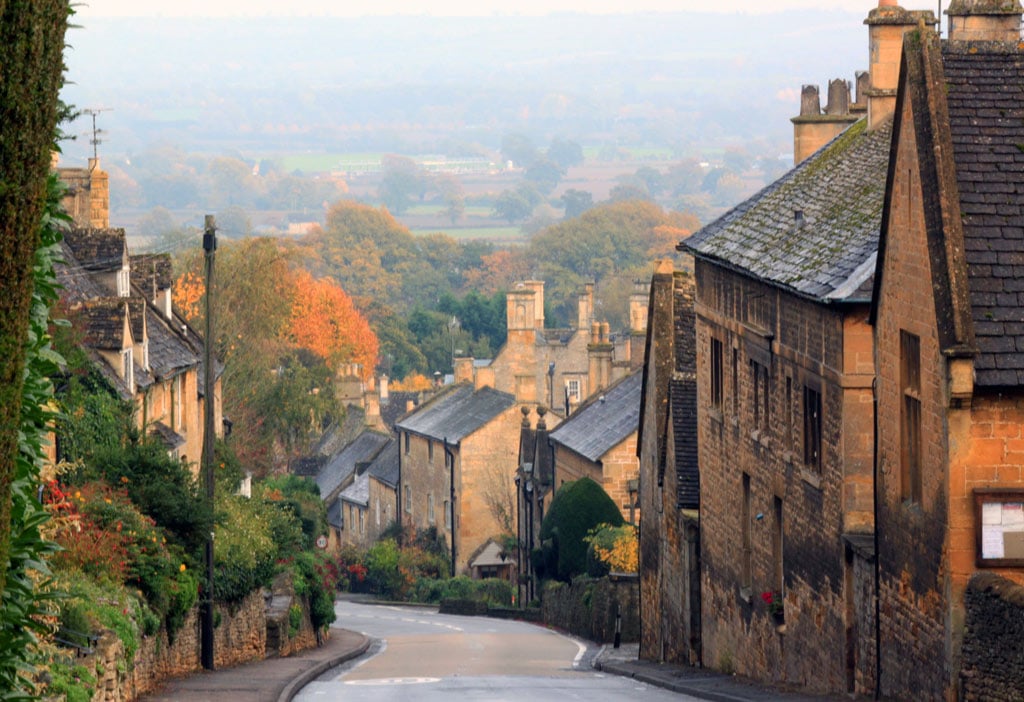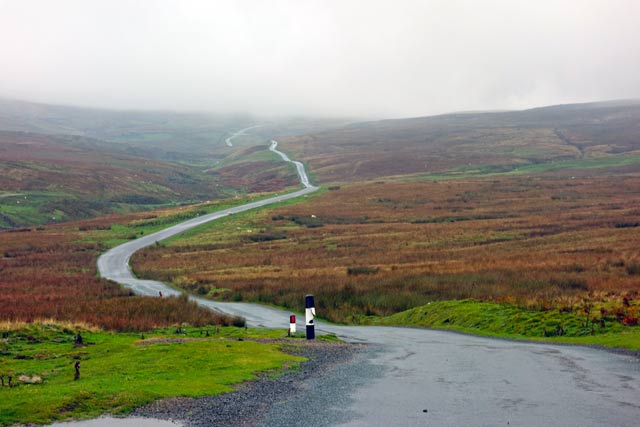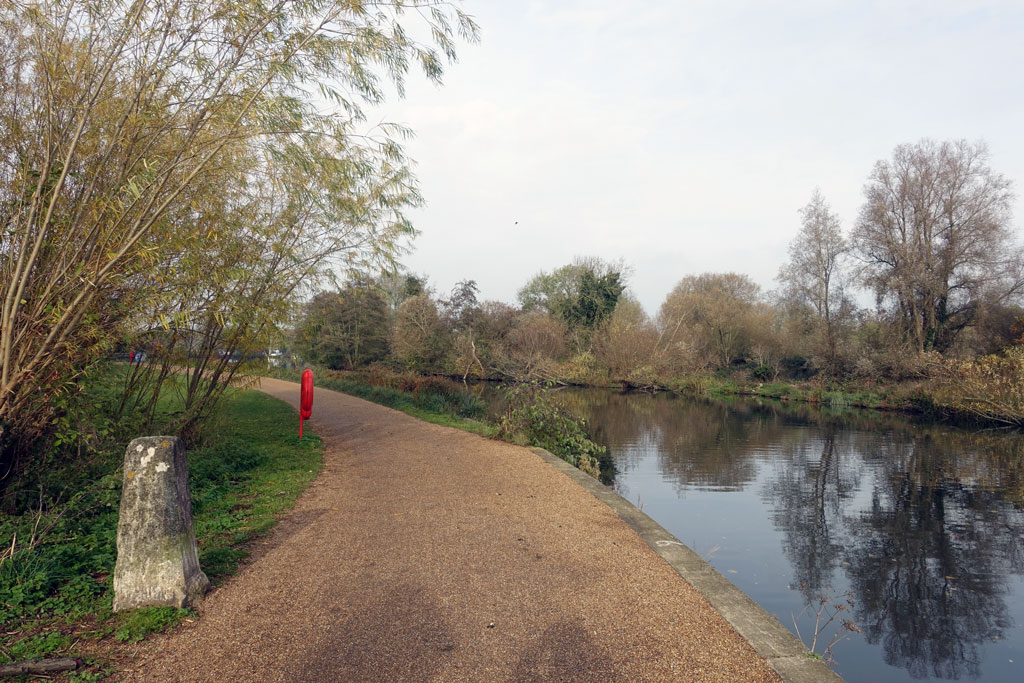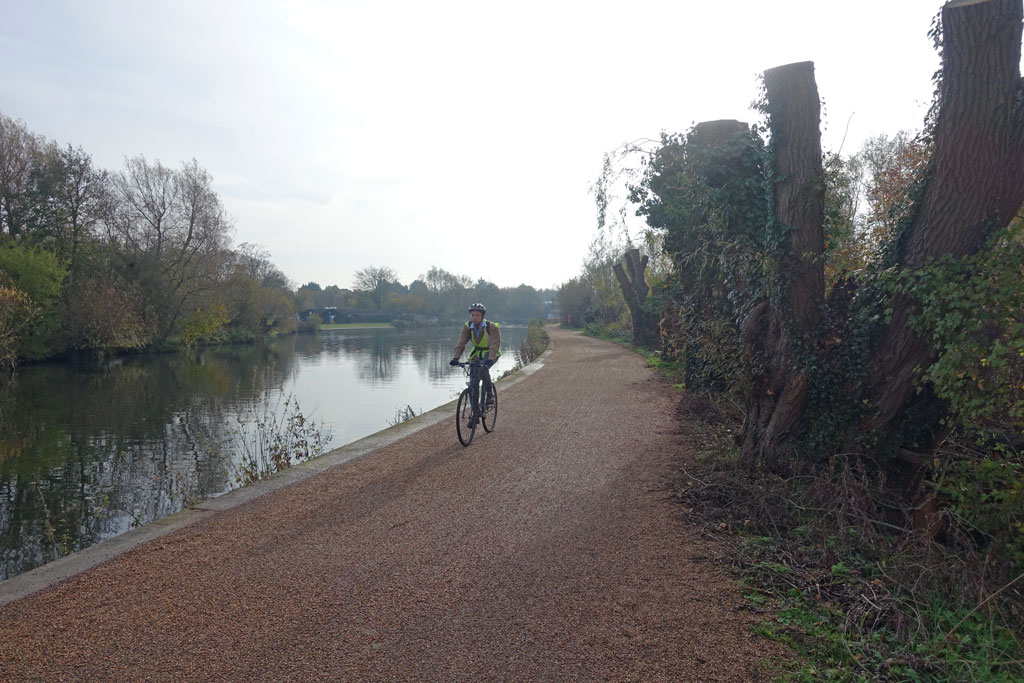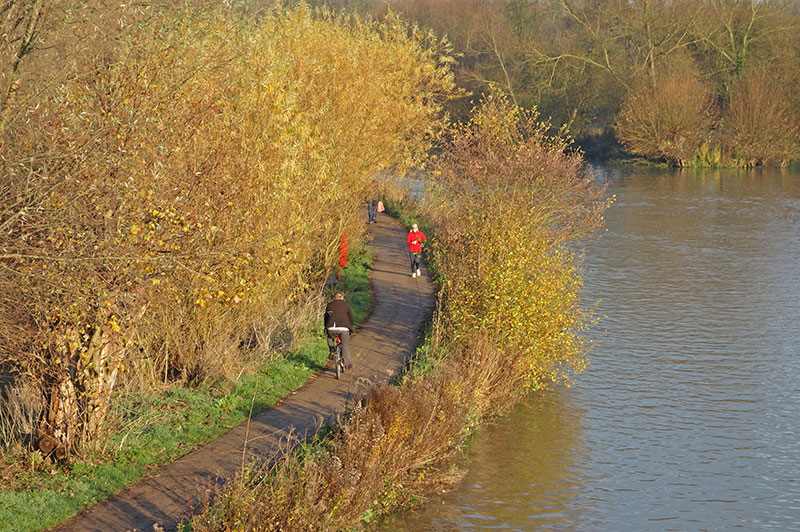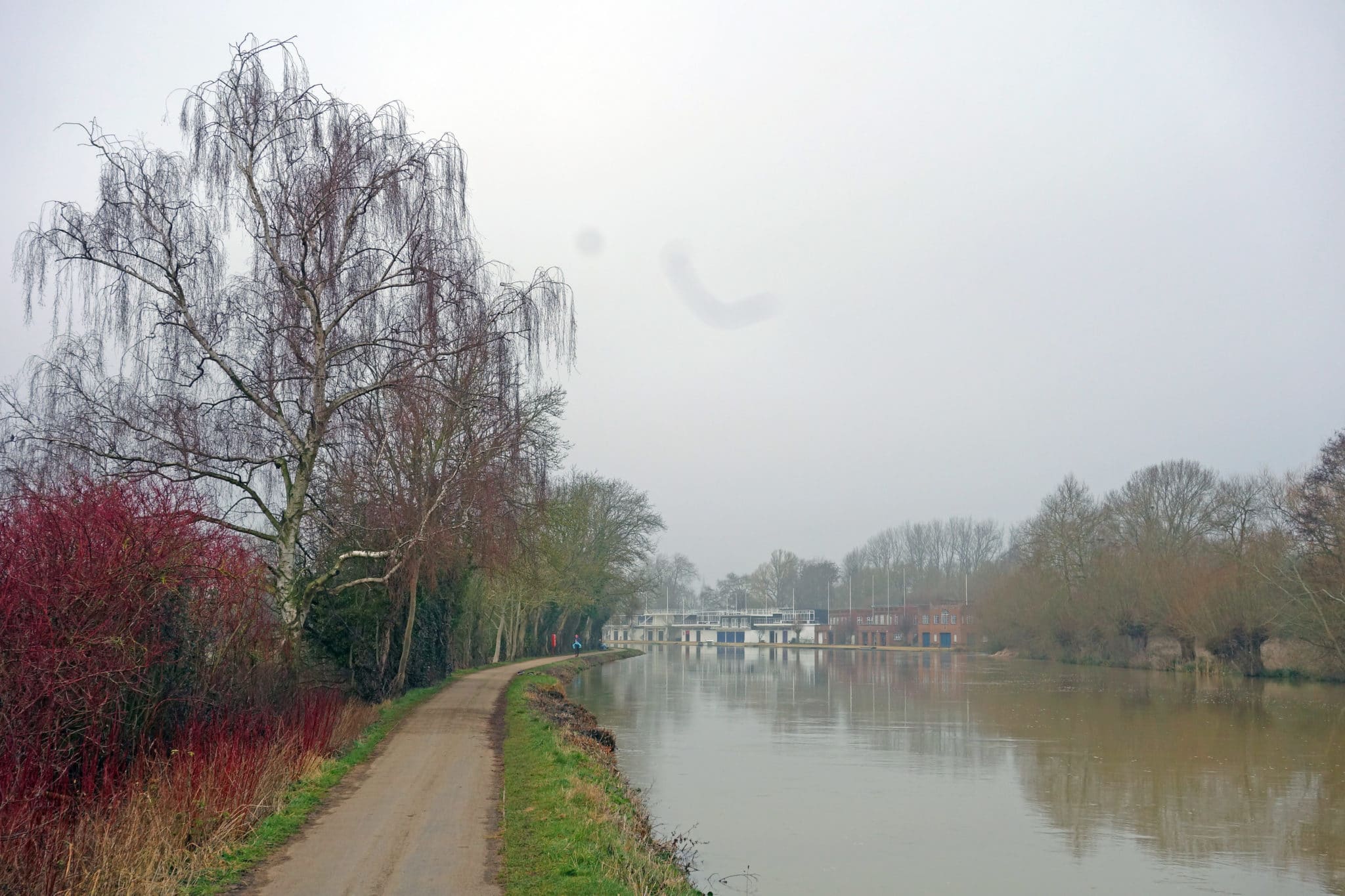I cycled to a cafe in Oxford and a young lad said to me ‘I’m glad you started writing your blog again.’ It was nice to be recognised but I felt a bit bad. I didn’t have the heart to say I had just updated some broken links in old posts. Rather annoyingly, if I update an old post, the automatic email sender sends out again these posts of dubious value – like on the lightest wheels from 2017.
Anyway, I now feel suitably obliged to write a cycling blog. The problem is I don’t have that much inspiring to write about. March was quite a good month for my cycling – the hip pain was in the background, and I went out to do quite a few miles. Buoyed by this, I tried a short 20-mile hill interval session in New York. It was really tough and my times were 40 seconds down on the peak of a few years ago. It all felt hardwork and rather joyless, but after the ride, the old problems returned so I could do nothing for the next 10 days.
The weather has been so good in the past few days, you feel obliged to try and get on your bike. On Saturday, I did 13 miles to Stanton St John. I was coming back to Oxford under Headington roundabout and I picked up a puncture. I saw the air coming out of a hole in the side of the tyres. When I get a puncture, I have now started to time myself to see how quickly I can mend the puncture. Perhaps it’s part of the gamification of all aspects of cycling. Or maybe it’s just the mindset of a time triallist – always trying to set new PB’s. If you can’t do it on your bike, do it mending a puncture.

I remember the days when a puncture was a real disaster and could take forever to fix. This time I managed to fix in seven minutes, which I was quite pleased with. However, within another 100m, I had got another puncture. It wasn’t a pinch flat, but a piece of glass. I swear despite going for a puncture pb, I checked the inside of the tyre for sharp pieces. But, there it was – another puncture. So I cleared the tyre of the glass and then set to trying to break my puncture PB of 7 minutes. But, alas, my last spare inner tube didn’t want to inflate. My minipump was working – but I couldn’t for the life of me get any air into my last inner tube. Eventually, I had to admit defeat with three useless inner tubes sitting on the bypass grass.
